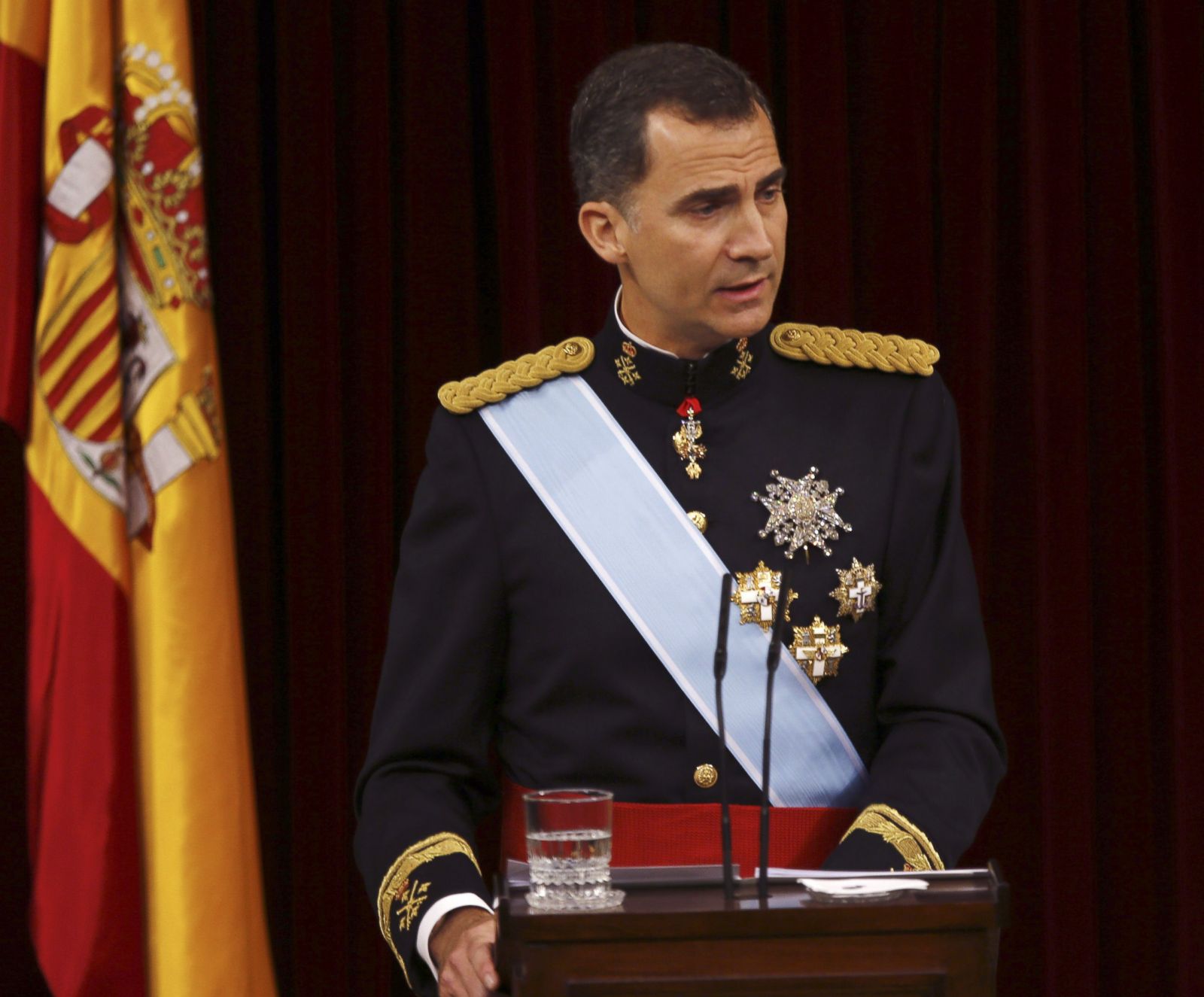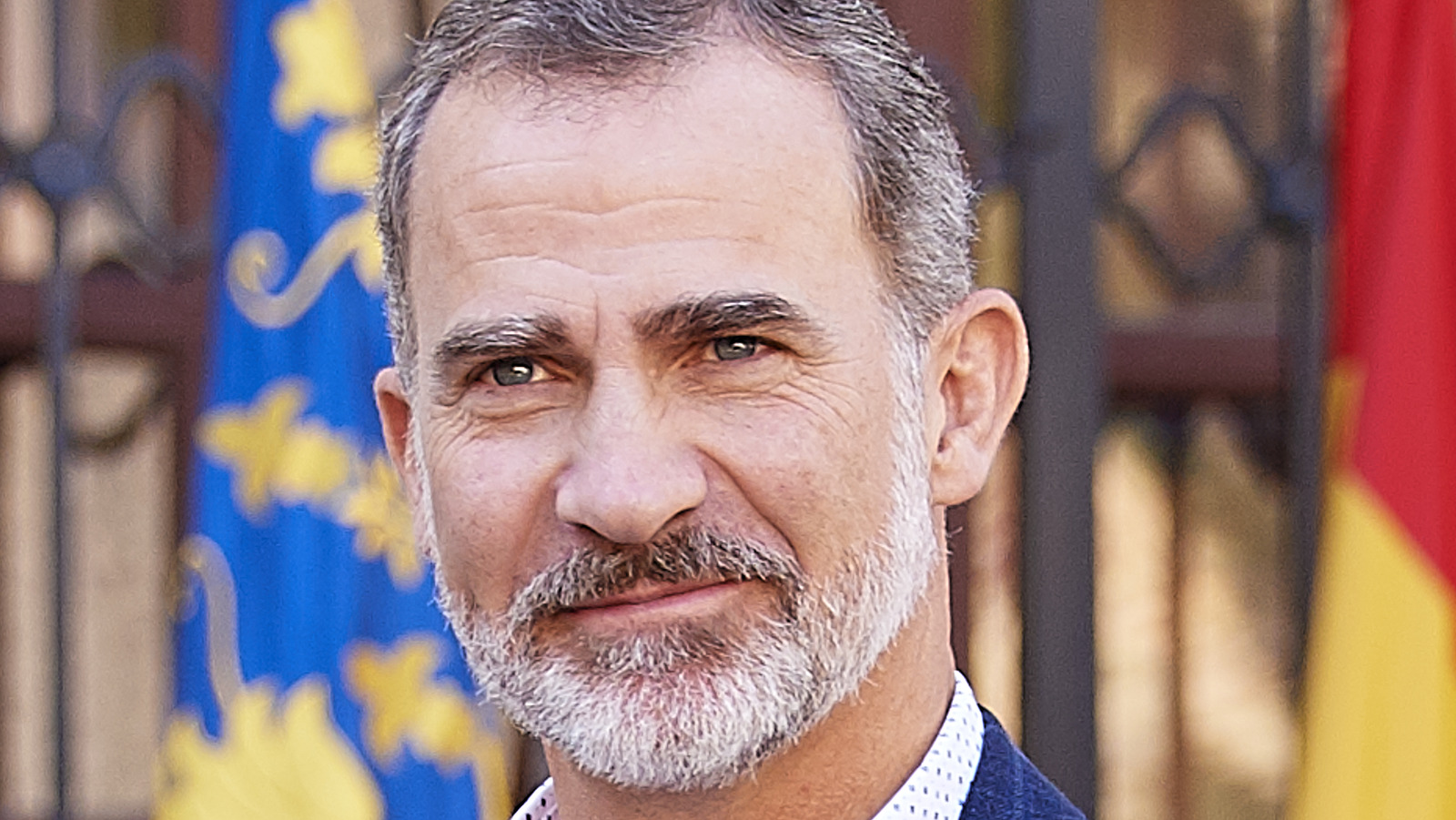King of Spain’s Royal Lineage
The Spanish monarchy traces its origins back to the Middle Ages, with its roots in the Kingdom of Asturias, founded in the 8th century. Over the centuries, the monarchy has evolved through various dynasties, each contributing to its rich history and shaping its role in Spanish society and culture.
Key Historical Events and Figures
The monarchy has witnessed numerous pivotal events that have influenced its trajectory. The Reconquista, a centuries-long struggle against Muslim rule, played a significant role in forging the identity of the Spanish monarchy and its connection to the Catholic Church. The reign of the Habsburg dynasty in the 16th and 17th centuries marked a period of great power and influence for Spain, with the empire reaching its peak under King Philip II. The Bourbon dynasty, which ascended to the throne in the 18th century, introduced reforms and modernization efforts that left a lasting impact on Spanish society.
Role of the Monarchy in Spanish Society and Culture
Throughout history, the monarchy has played a multifaceted role in Spanish society and culture. It has served as a symbol of national unity and continuity, providing a sense of identity and belonging for the Spanish people. The monarchy has also been a patron of the arts and sciences, supporting cultural endeavors that have enriched Spain’s heritage. In recent times, the monarchy has adapted to the changing political landscape, transitioning to a constitutional monarchy with a limited role in governance while maintaining its symbolic significance.
Reign and Responsibilities of the King of Spain

The King of Spain serves as the constitutional monarch and Head of State, embodying the unity and permanence of the Spanish nation. The role and powers of the King are defined by the Spanish Constitution of 1978, which establishes a parliamentary monarchy.
The King is the symbol of the State and the guarantor of the Constitution. He plays a ceremonial role in the government, opening parliamentary sessions, signing laws, and appointing the Prime Minister. However, the King does not have any real political power and must act on the advice of the government.
Day-to-Day Duties and Responsibilities
The King’s day-to-day duties include public appearances, speeches, and official ceremonies. He represents Spain at home and abroad, meeting with foreign dignitaries and attending international events. The King also supports various social and cultural causes and promotes Spanish culture and heritage.
Challenges and Opportunities
The King of Spain faces the challenge of balancing tradition with modernity. He must uphold the centuries-old traditions of the monarchy while also adapting to the changing needs of Spanish society. The King must also navigate the complexities of Spanish politics, ensuring that the monarchy remains a unifying force in the country.
Despite these challenges, the King of Spain has a unique opportunity to promote unity and progress in the country. He can use his position to bring people together, support social and economic development, and promote Spain’s role in the world.
Cultural and Symbolic Significance of the Spanish Monarchy

The Spanish monarchy holds immense cultural and symbolic significance, deeply intertwined with the nation’s identity and heritage. It represents the continuity of Spanish history, spanning centuries and encompassing diverse cultural traditions.
Relationship with the Arts
The monarchy has long been a patron of the arts, supporting architecture, painting, music, and literature. The Royal Palace of Madrid, the El Escorial Monastery, and the Prado Museum stand as testaments to the monarchy’s artistic patronage. Spanish literature is replete with references to the monarchy, from the epic poems of the Cid to the plays of Lope de Vega and Pedro Calderón de la Barca.
National Symbolism
The monarchy serves as a national symbol, embodying the unity and sovereignty of Spain. The coat of arms of Spain, featuring the royal crest, is displayed prominently on government buildings, official documents, and currency. The national anthem, “Marcha Real,” pays homage to the monarchy and its role in Spanish history.
Depictions in Media, King of spain
The Spanish monarchy has been depicted in numerous works of literature, film, and media. These representations range from historical dramas to satirical comedies, reflecting the monarchy’s enduring presence in Spanish culture. Films such as “The Crown of Castile” (2016) and “The King” (2019) have explored the lives and reigns of Spanish monarchs.
The king of Spain is the head of state and commander-in-chief of the Spanish Armed Forces. The current king is Felipe VI, who ascended to the throne in 2014 following the abdication of his father, Juan Carlos I. The king’s role is largely ceremonial, but he does have some constitutional powers, such as the ability to dissolve parliament and call for new elections.
King Felipe VI of Spain may not have the athletic prowess of Novak Djokovic, who recently triumphed at Wimbledon, but he embodies the spirit of resilience and determination that drives both royalty and sports stars to achieve greatness. As Djokovic hoisted the coveted trophy, one couldn’t help but draw parallels to the king’s unwavering commitment to his people and his nation.